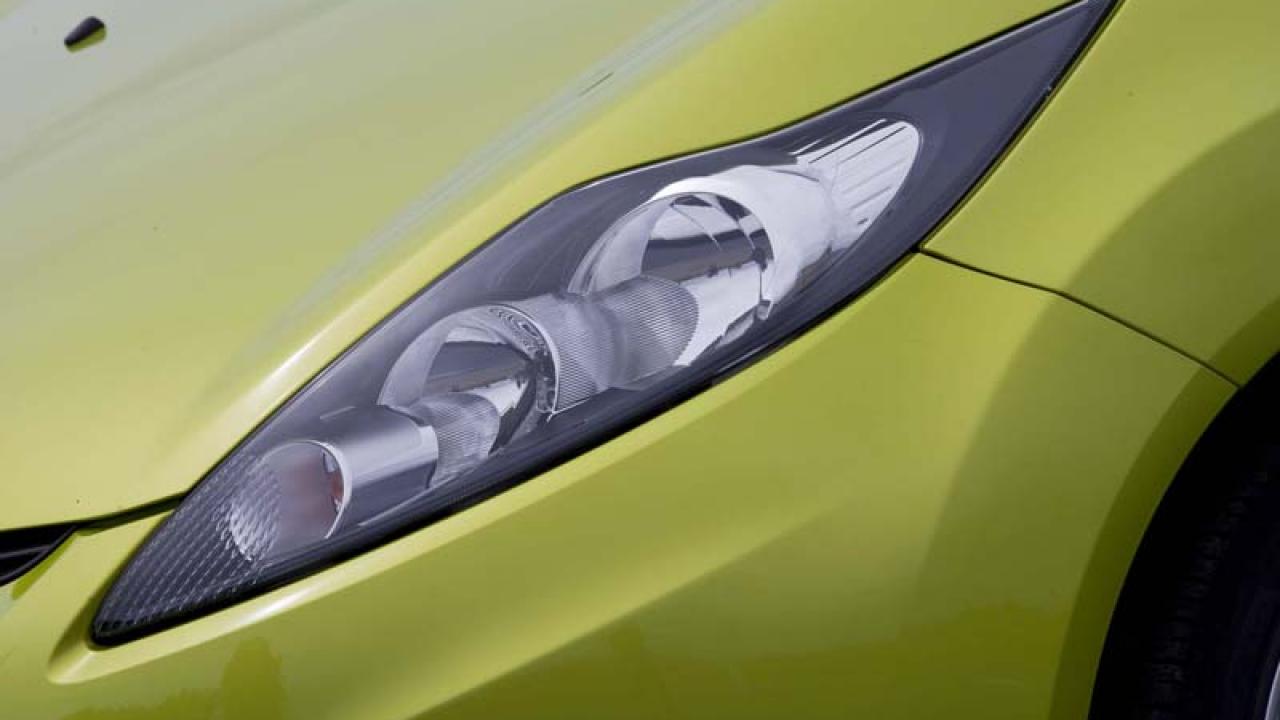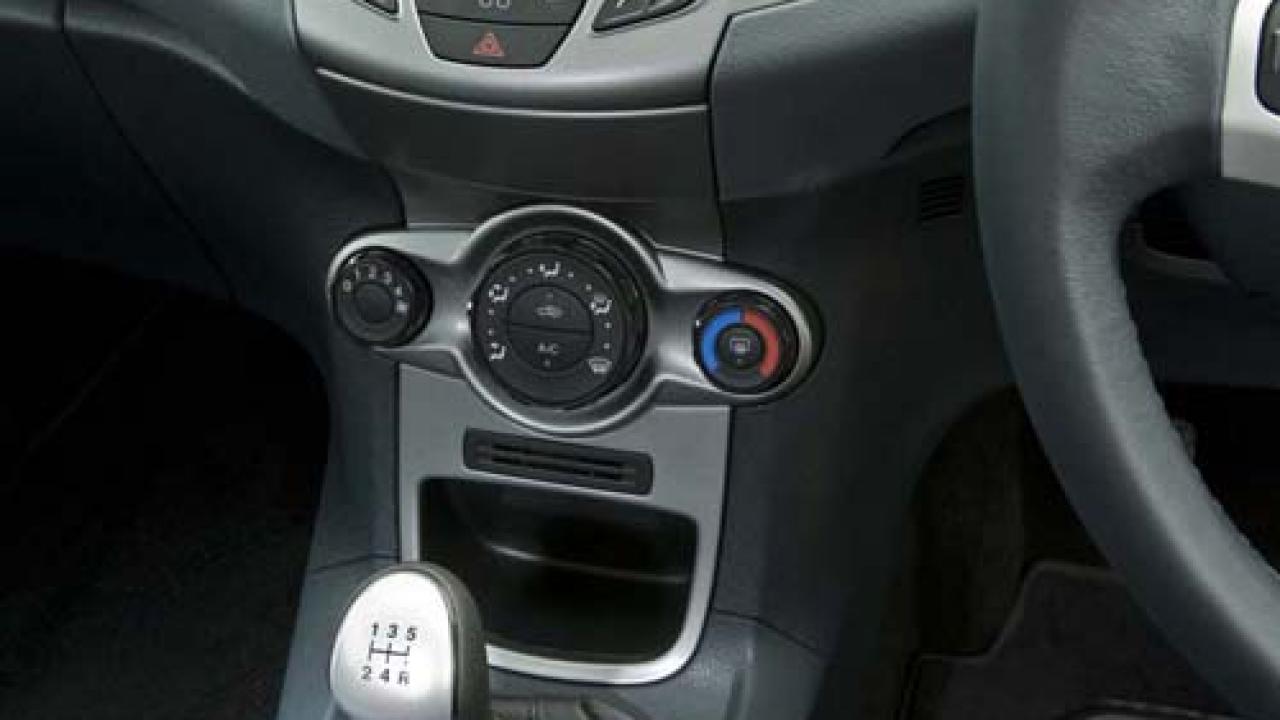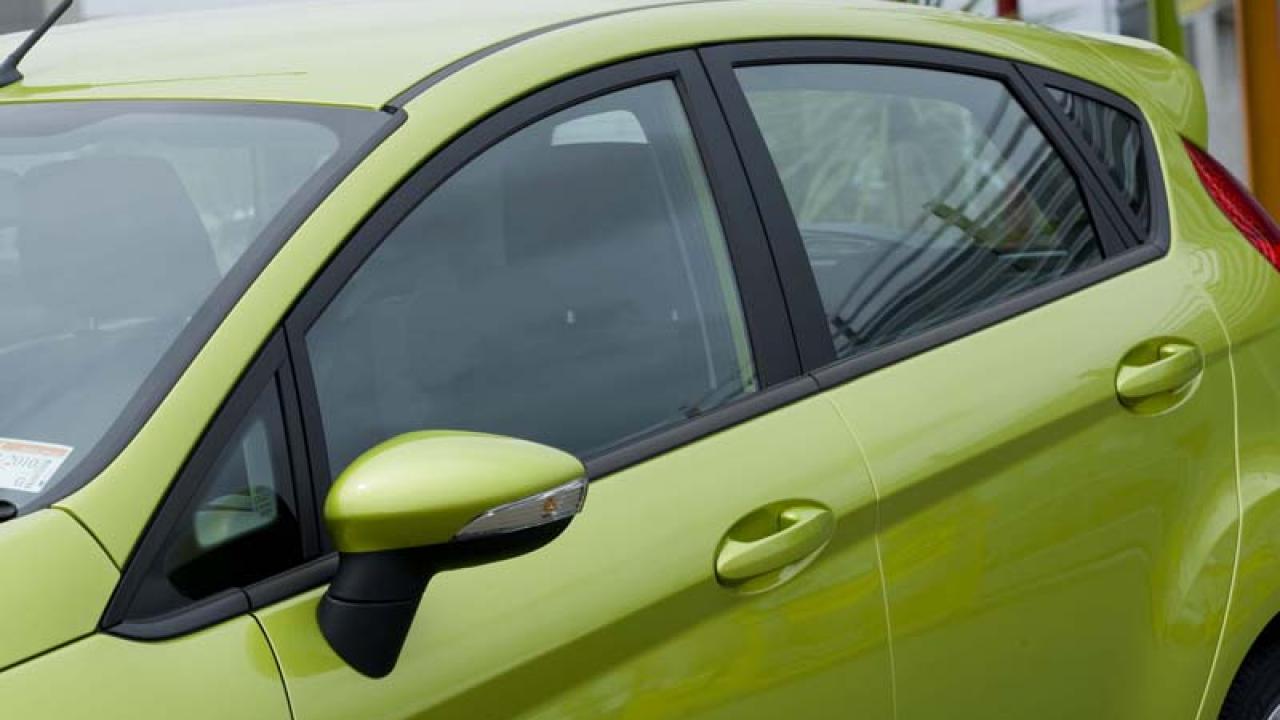New car report - Big things for small Ford
Big statements are nothing new in the car industry. Some are even believable. But the biggest statement we've heard for a while came to us from Ford, describing their new baby, the Fiesta, as their most significant global vehicle project since the Model T.
If that didn't make us sit up and listen, nothing would. After all, Henry built over 15,000,000 Model T's over a period of 19 years between 1908 and 1927, heralding the beginning of the motor industry as we know it.
What Ford are referring to is their Global Product Development System (GPDS), a global platform technology which will be introduced with the new Fiesta, with other models to follow.
The difference between the traditional global assembly process and GPDS is that instead of the Model T's one size (and colour) fits all, this process allows the platform to be tweaked and tailored to suit various models and individual markets.
For example, the European buyer preference is for handling, where a softer and more comfortable set-up is preferred in Asian markets. Also, GPDS allows platform sharing between other marques in the Ford family, including Mazda.
The Fiesta has been developed around a philosophy of bringing big car premium features to the small car segment
It is a striking looker with the distinctive bold Ford face we've seen on other recent Ford product. The inverted trapezoidal lower grille gives the Fiesta an athletic look and the pronounced wheel arches communicate muscularity.
The roofline extends back from the sweeping front A pillar to give a sleek look, while the rising body line along the side of the car accentuates the modern wedge shape.
The new Fiesta is aimed at a modern generation. People who have grown up with the internet and mobile phones as necessities, not luxuries; a generation who believe that bigger isn't necessarily better and that technology rules.
Functionality of the entertainment system has taken design cues from luxury goods and consumer electronics. Mounted centrally, the HMI (Human Machine Interface) is linked to a multi function display screen in a high mounted binnacle.
Consequently, the instrument panel centre stack looks and feels very different to traditional automotive switchgear, but the commands and operation of the HMI are intuitive and easy to follow.
In keeping up with the times, hi-tech features include MP3 compatibility, Bluetooth connectivity and a USB port.
High-quality contemporary materials are used in the cabin
The interior exudes a quality well beyond that expected of a small car in this price range. A welcome feature is a driver's footrest and the cockpit is very well laid out with the driver in mind.
Sitting in the new Fiesta, space is immediately obvious and several big car features are standard equipment. Cruise control is something we've come to expect on bigger cars, and it's now standard on the Fiesta.
One touch up and down driver's window and reach and rake steering column are other nice touches which have migrated down from the bigger Fords.
Among features which the Fiesta has inherited from its bigger siblings is Ford's EasyFuel system, meaning wrestling with a fuel cap and tainting your hands with fuel is a thing of the past. EasyFuel has been tested to rigorous safety standards, including an 80km/h barrier crash test to verify its robustness against leakage.
Safety equipment abounds, with an extensive array of airbags including knee, head and thorax side airbags, ABS braking, EBD (Electronic Brakeforce Distribution), DSC (Dynamic Stability Control), EBA (Emergency Brake Assist) and Traction Control (TC).
Under Ford's safety strategy, high strength steels are used in areas which benefit crashworthiness. Scoring a maximum 5 star European NCAP safety rating, the Fiesta joins the Focus, Mondeo and Falcon, all of which have achieved 5 Star safety ratings.
For our market, the Fiesta will be available with two petrol engines, a 1.4 litre automatic and a 1.6 litre manual. No diesel option is available at this stage.
Fiesta is available in New Zealand showrooms from April 2009, and is priced at $24,490 for the manual and $25,990 for the automatic.





